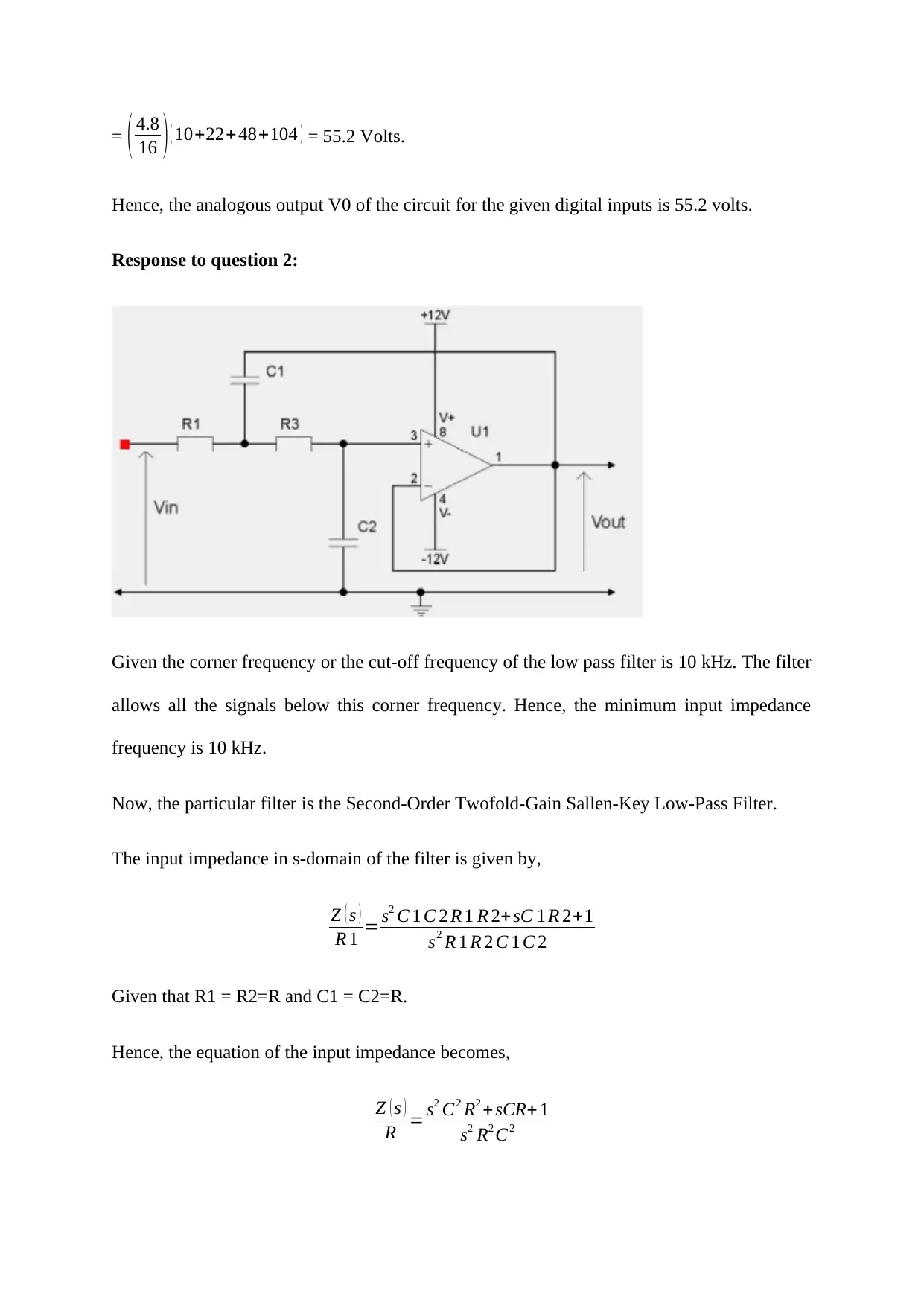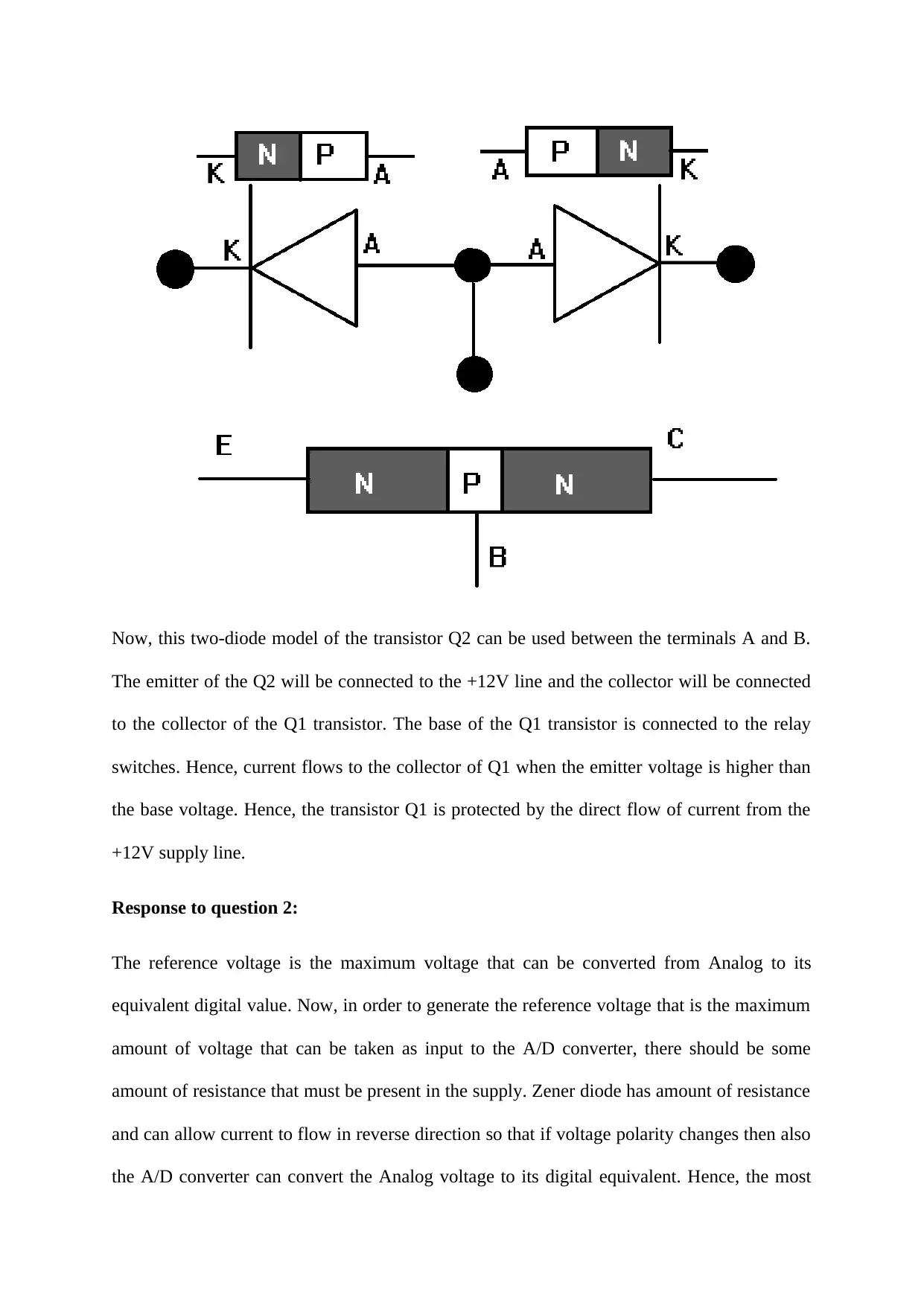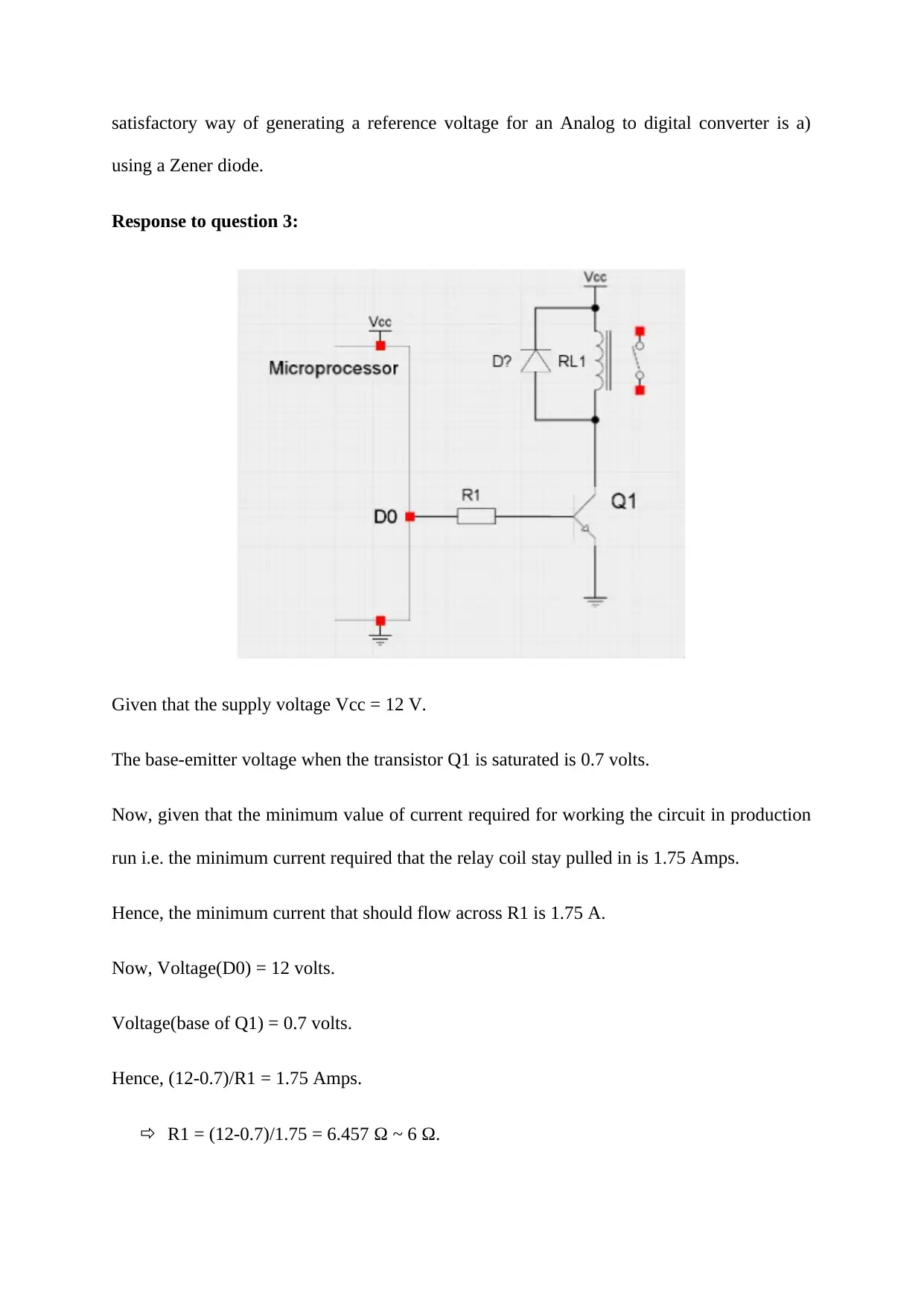Detailed Solution: DAC, Filter & Transistor Circuit Analysis Task
VerifiedAdded on 2023/06/08
|6
|837
|151
Homework Assignment
AI Summary
This assignment provides solutions to problems related to electrical engineering circuits. It begins with the analysis of a 4-bit DAC converter using an R-2R resistor ladder, calculating the output voltage for given digital inputs. Next, it addresses the design of a low-pass filter, specifically a Second-Order Twofold-Gain Sallen-Key Low-Pass Filter, determining the required capacitance value based on the corner frequency and minimum input impedance. Lastly, it discusses a relay drive circuit, proposing the use of a spare NPN transistor for transistor protection and explaining the selection of a Zener diode for generating a reference voltage for an Analog to Digital converter, along with calculating the required resistance value to ensure proper circuit operation across a production run. Desklib provides a range of solved assignments and past papers for students.
1 out of 6












![[object Object]](/_next/static/media/star-bottom.7253800d.svg)